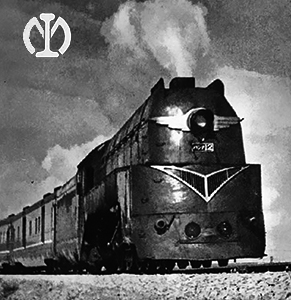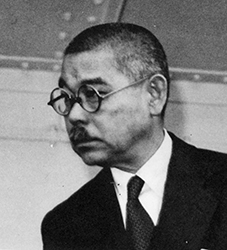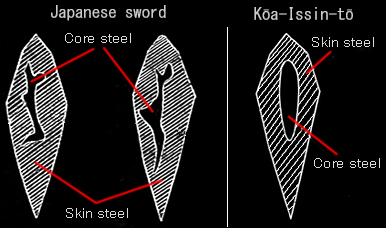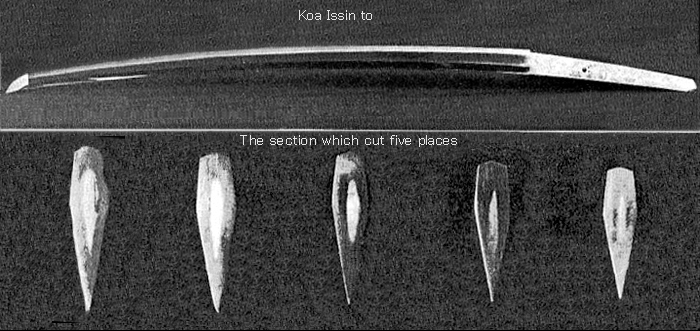
published the explanatory of the swords "Kōa Issin" on July 25, 1939.
SMR says an abbreviated name as "Mantetsu".
The character of "Kōa Issin" of the cover of this explanatory was written by
Yōsuke Matsuoka (next Foreign Minister) who was Mantetsu's President.
The actual condition of the sword which Mantetsu manufactured became clear with
this time. Usually, the actual condition of this blade currently called the
"Mantetsu-tō " will surely sweep away the common saying of a world.
By the discovered data, I will ask what a Japanese sword is.
I describe the main point of this explanatory below.
I want the concept of the Mantetsu-tō which the former mistook to be corrected.
← A special express "Asia number" and Mantetsu SMR's badge of a company.





